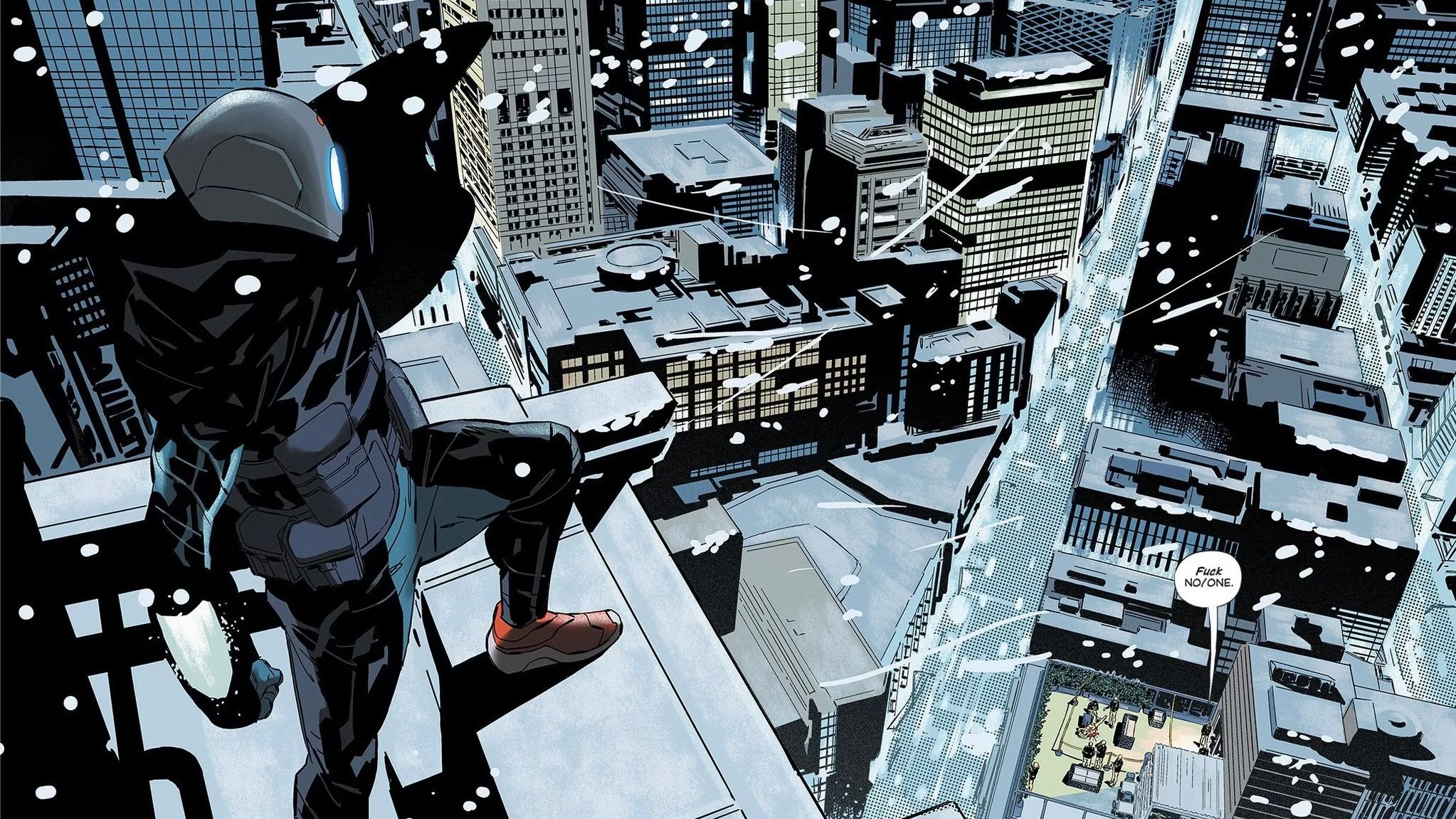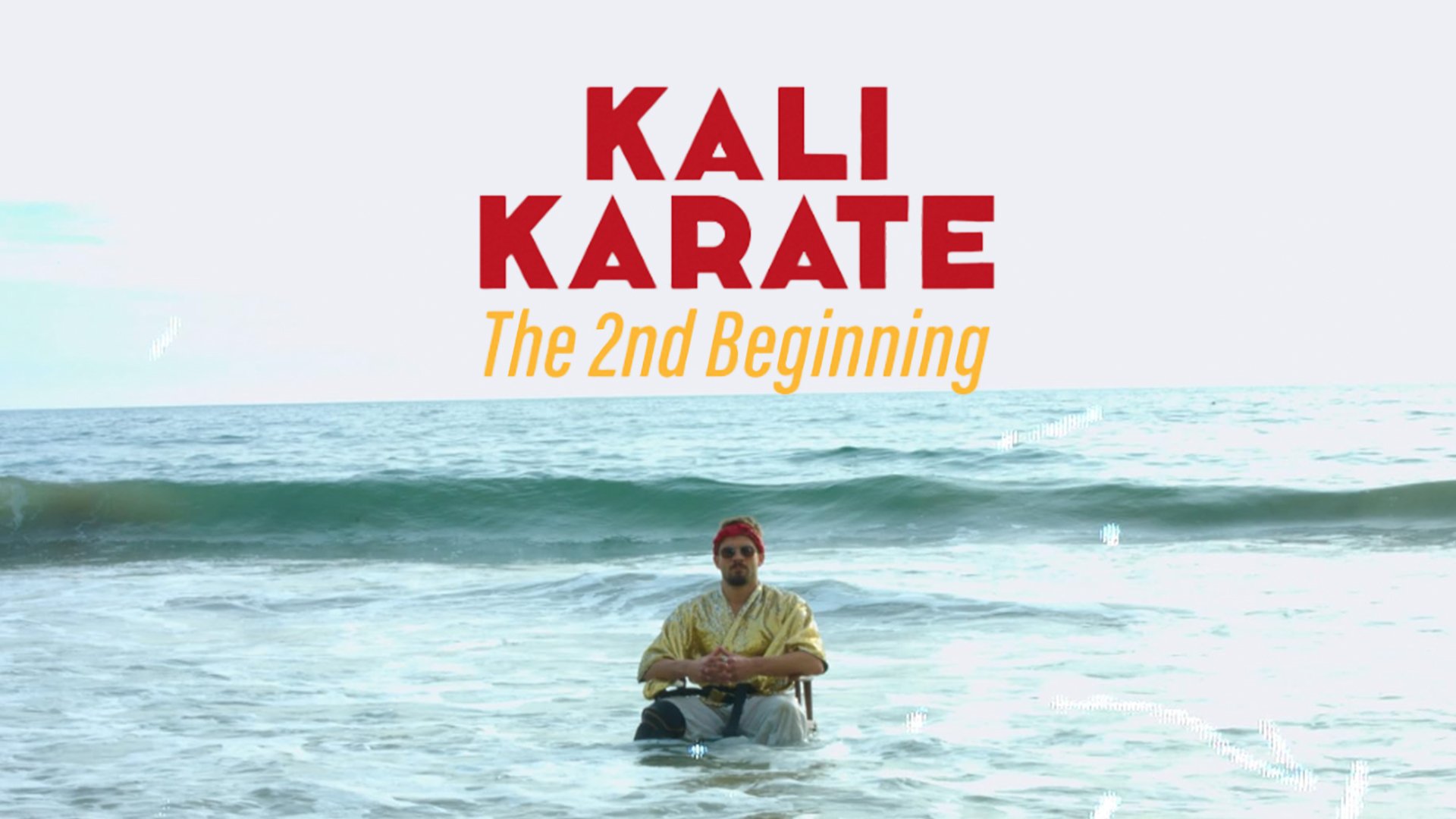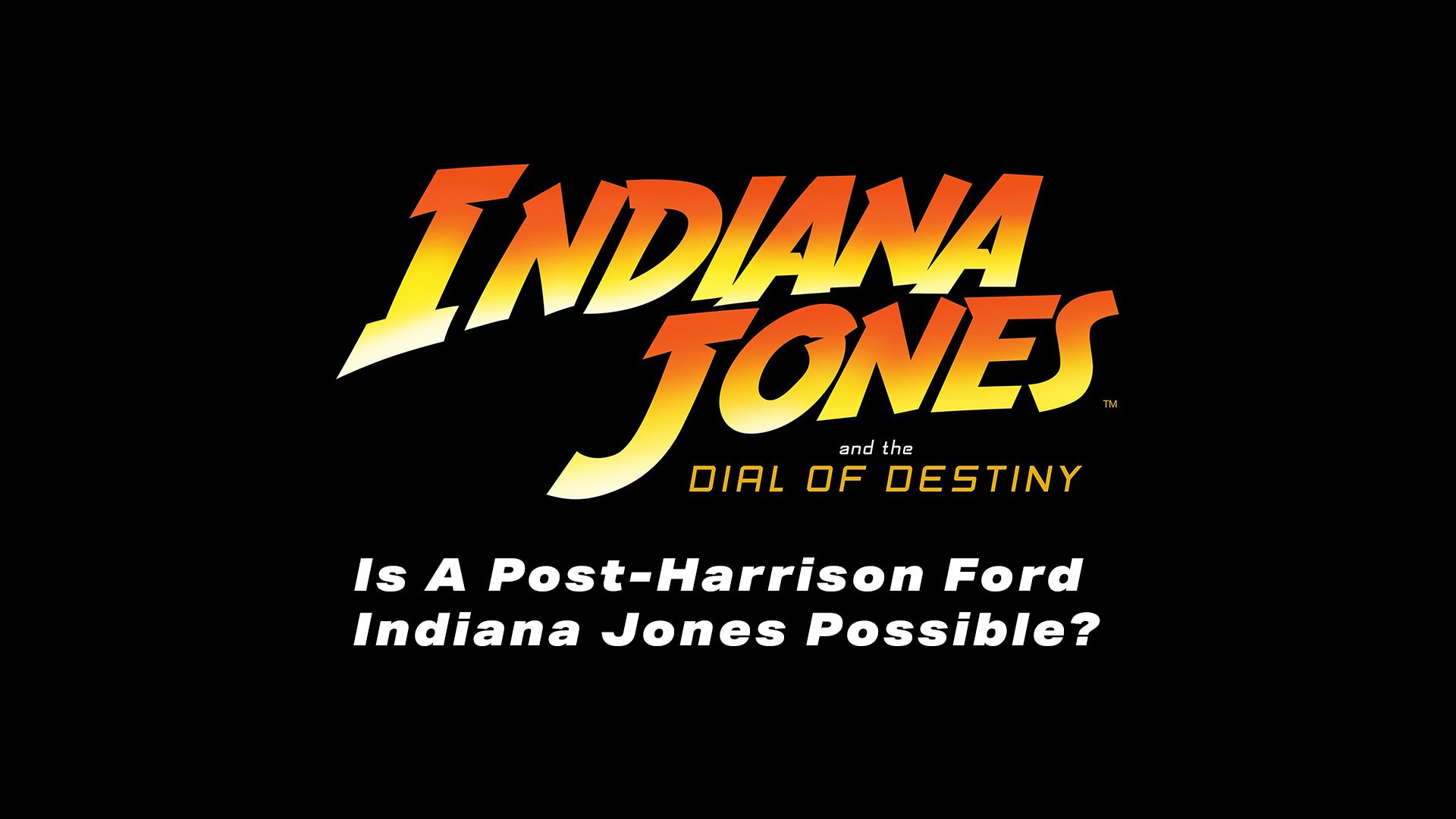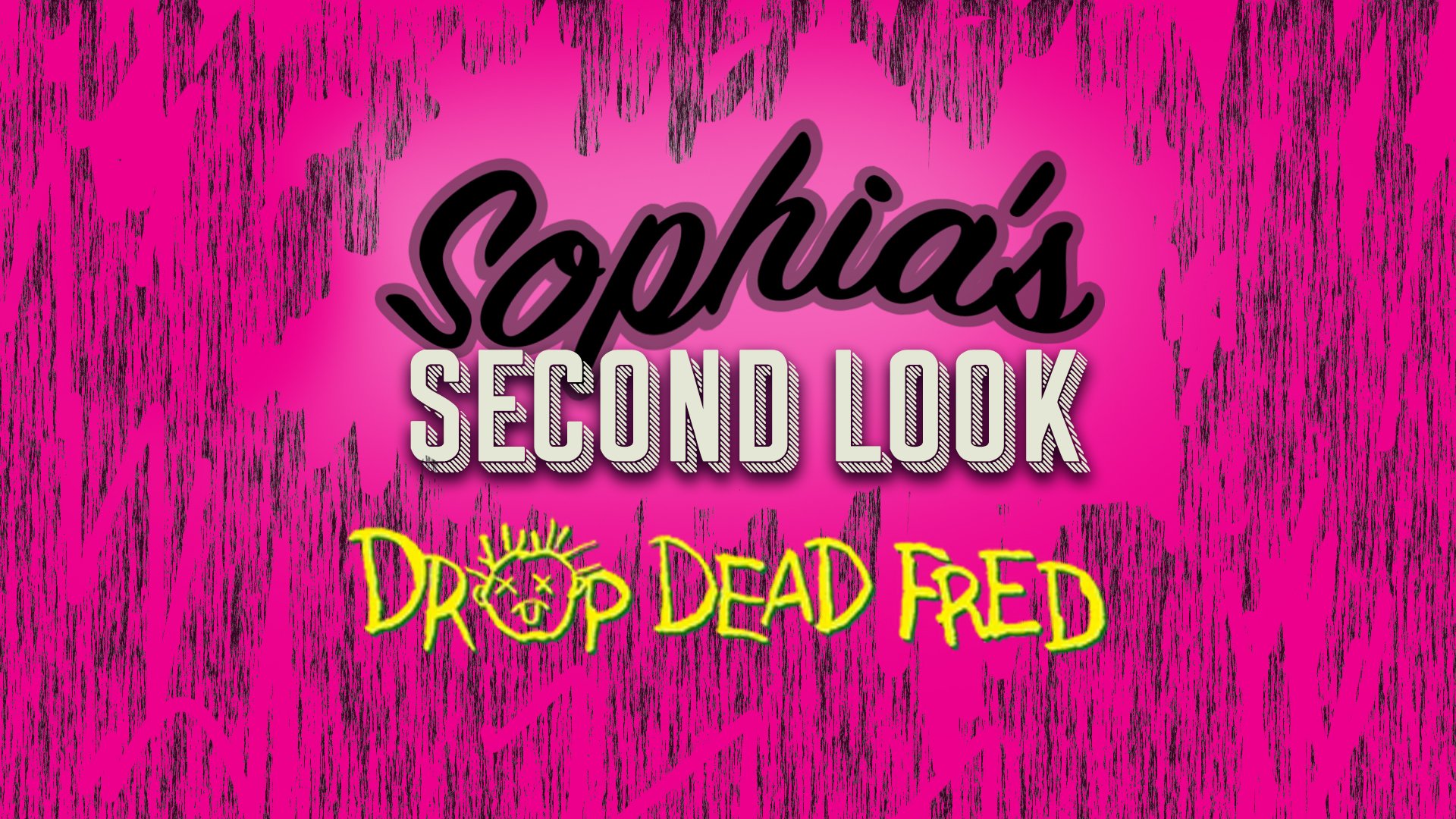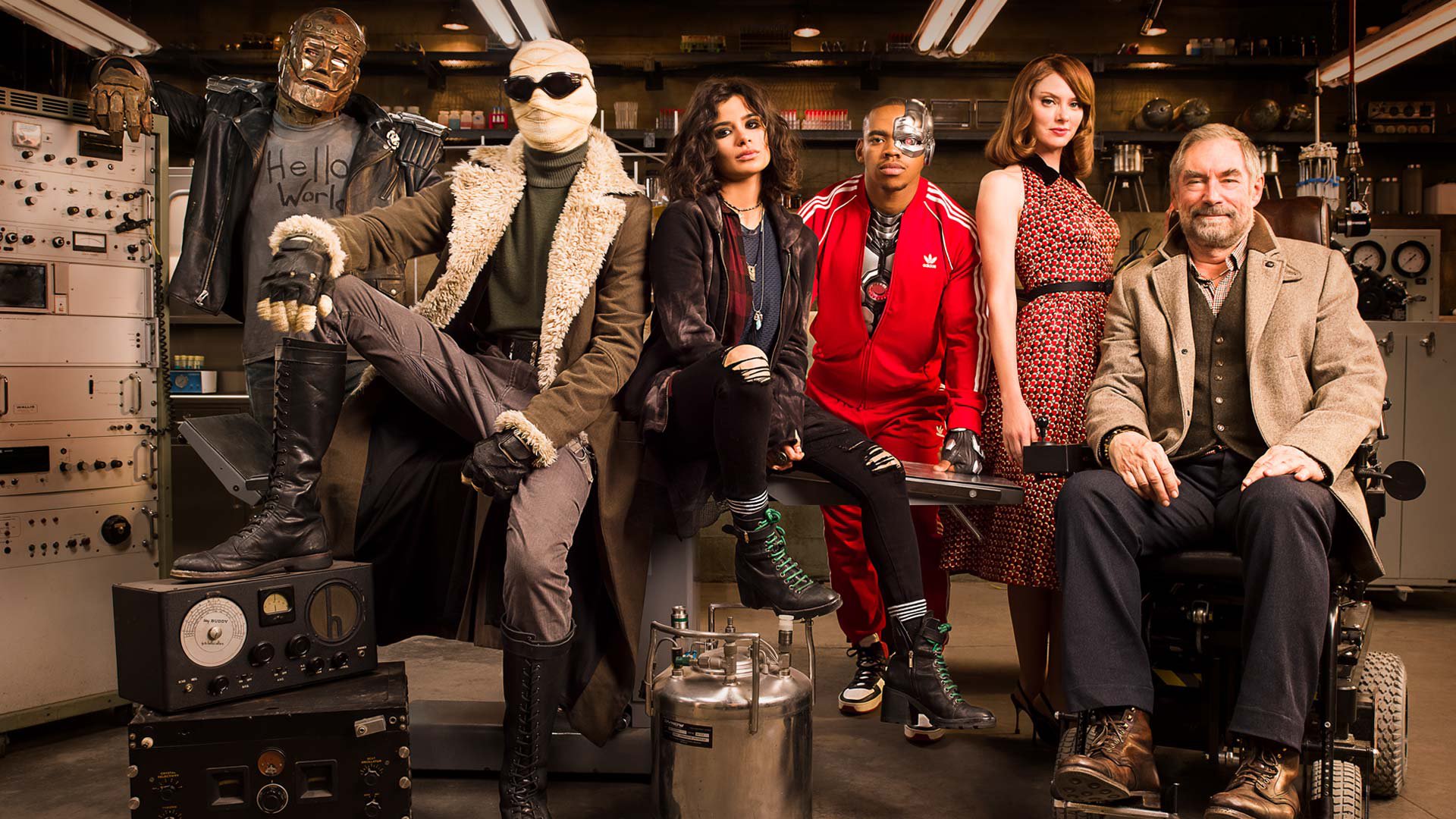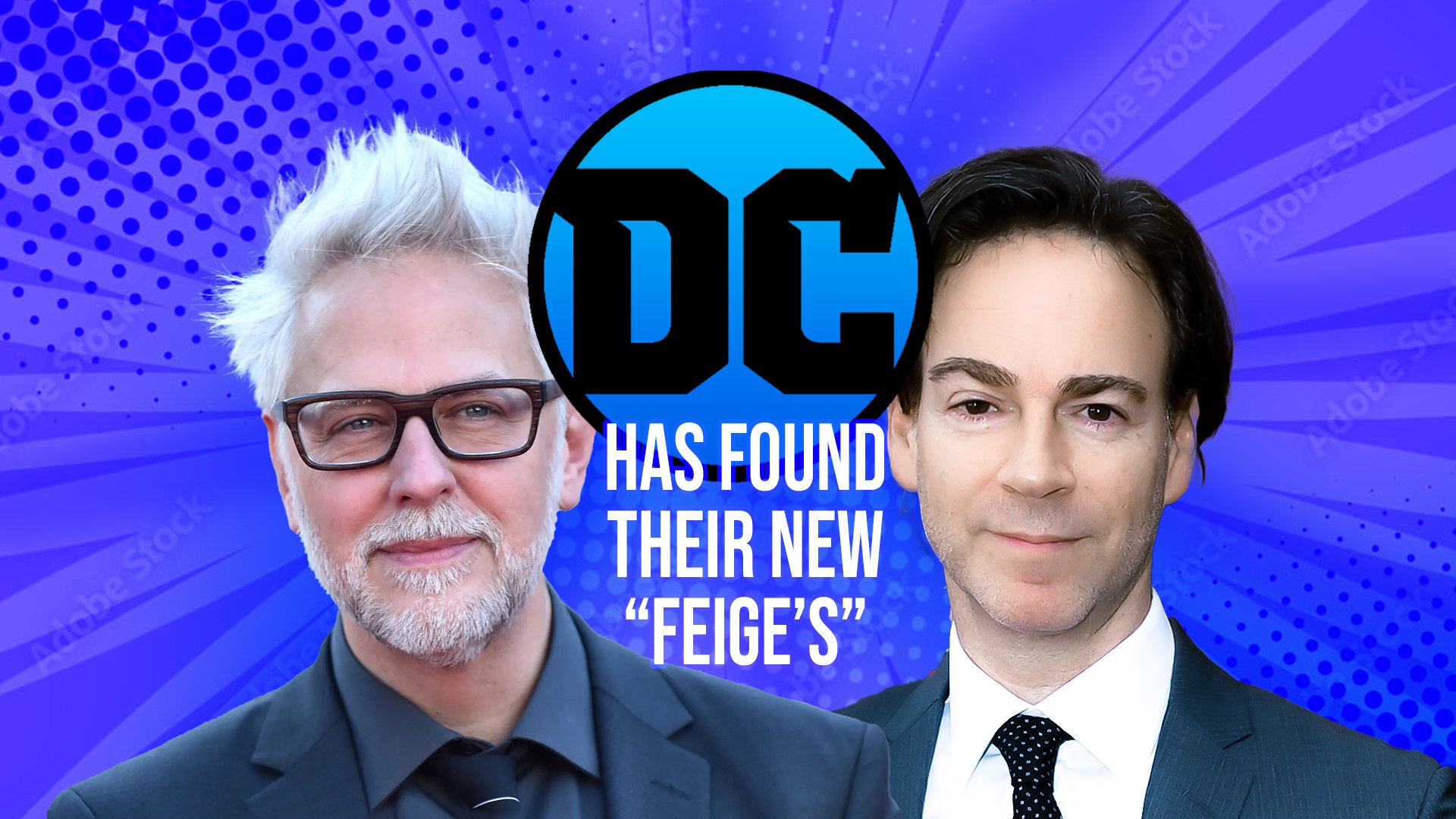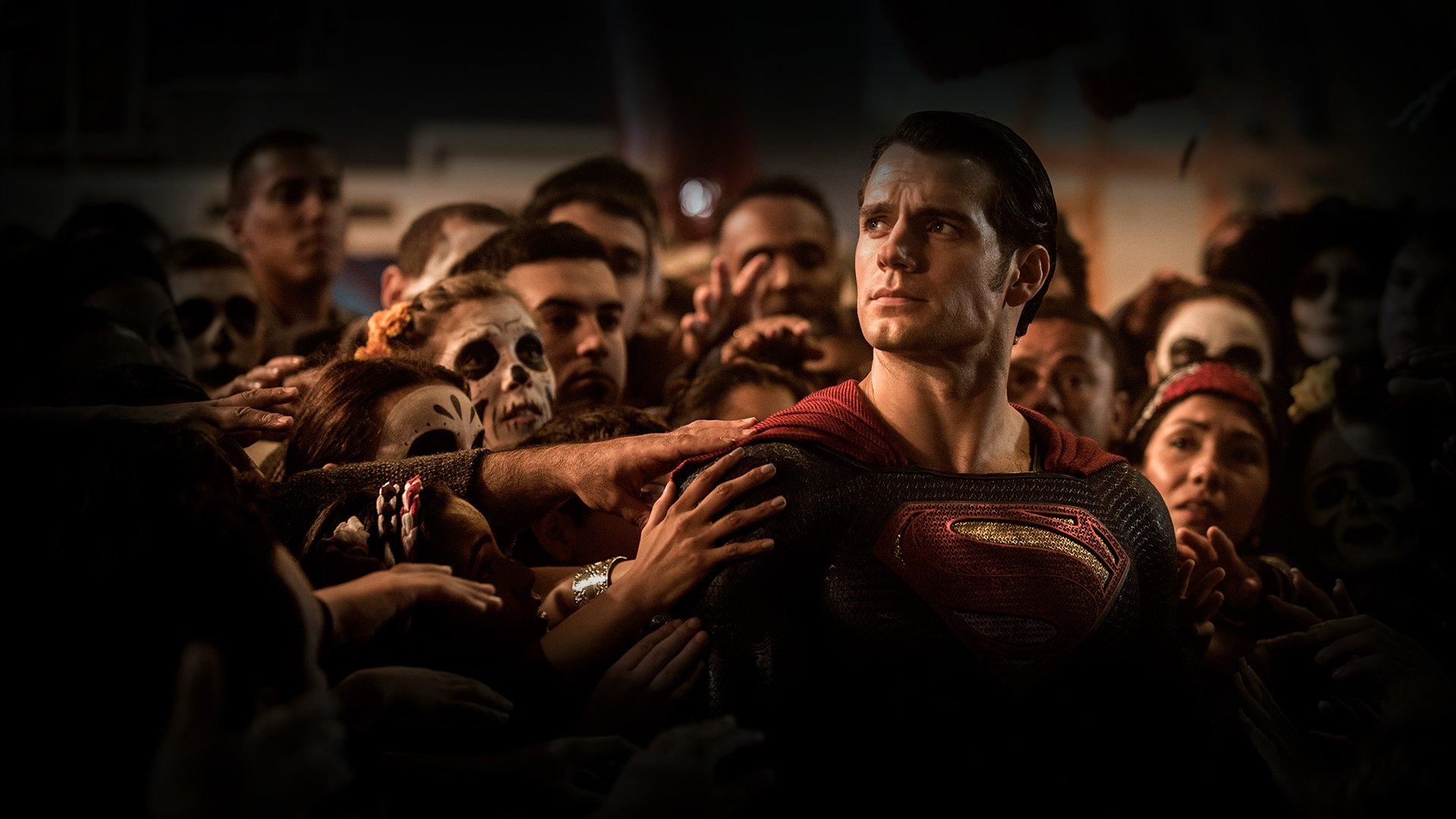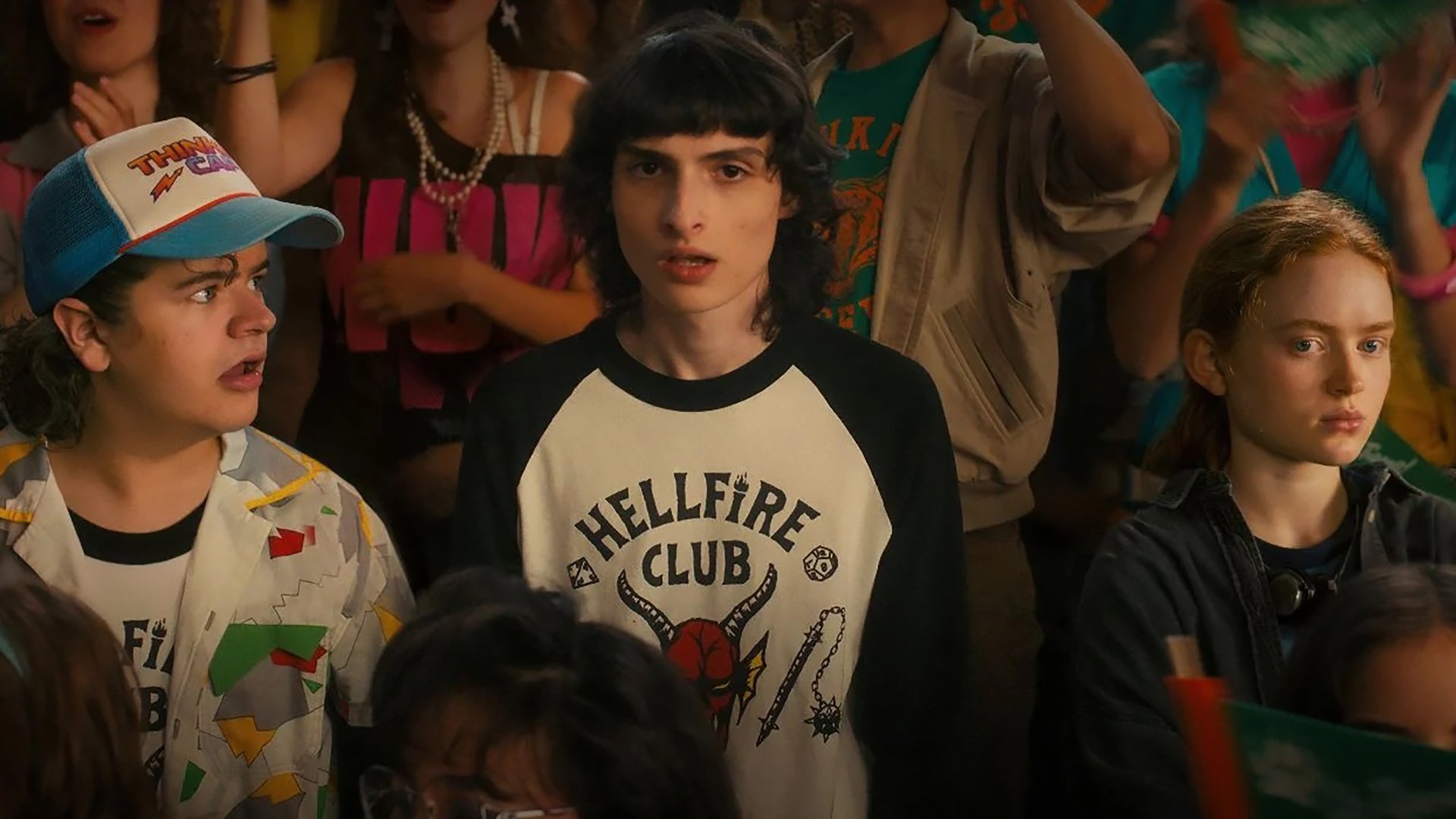By Anthony Caruso
Tyler Taormina’s Christmas Eve in Miller’s Point is a masterfully crafted, atmospheric homage to holiday gatherings that thrives not on a central plot, but on the intricacies of familial connections. Unlike other films that weave clear story arcs or focus on a protagonist’s journey, Christmas Eve in Miller’s Point is more akin to a collection of living memories, much like Robert Zemeckis' Here from earlier this month. Yet where Here spans decades, Christmas Eve in Miller’s Point anchors itself firmly within one emotionally-charged night—the titular Christmas Eve—and lets the essence of the Balsono family spill across the screen in a vivid, nostalgic tableau.
The film is, at its heart, a series of vignettes capturing moments that resonate deeply with anyone who has experienced the organized chaos of large family gatherings. Set in the early aughts, Taormina’s vision is both specific and universal. Viewers familiar with traditional Italian-American celebrations will recognize every detail: the boisterous conversations that fill a room like a second layer of wallpaper; the glint of mismatched tchotchkes that have seen decades of holidays; the overflow of homemade food that insists love is best expressed through taste; the Christmas lights shining off the snow; etc. This evocative nostalgia can strike viewers in different ways. For some, it is a portal to cherished memories; for others, like myself, it’s a bittersweet reminder of how traditions shift or fade as families spread out, or as members pass on. Watching this movie felt like looking through a frosted window at my own childhood, marked by joyous chaos and laughter—tinged now with the wistful realization that those moments are no longer my present.
One of the film’s most striking elements is its refusal to follow a traditional plot structure. There are numerous threads within the sprawling Balsono family and beyond: the aging matriarch, whose grown children face the painful decision of possibly moving her into assisted living; Kathleen’s strained relationship with her teenage daughter as she reflects on her own mother’s distance; two police officers patrolling a sleepy town, grappling with unspoken romantic tension; an interracial couple navigating subtle familial dynamics; an uncle who channels his creativity through endless cooking; another who dreams of being a writer; teenagers itching to slip away to their friends' gatherings, seeking independence in a night bound by tradition. These narratives unfold like the disparate notes of a holiday song, harmonious but never converging into a single refrain.
For some viewers, the lack of resolution to any of the above mentioned plot points might be a sticking point. This isn’t a film where everything wraps up neatly by dawn, nor does it try to force epiphanies or holiday miracles. The struggles depicted—whether domestic, generational, or personal—linger without resolution when the credits role, leaving audiences to ponder what will happen when Christmas morning breaks. For me, this worked seamlessly, underlining the fact that real life doesn’t pause for perfectly timed solutions.
Taormina’s directorial finesse is on full display here, blending warmth and an authentic sense of intimacy with just the right amount of melancholy. Co-writing with Eric Berger, Taormina’s dialogue feels lived-in and familiar, effortlessly pulling viewers into rooms that burst with life or settle into quiet, contemplative moments. Every detail—from the shimmering glow of mismatched Christmas lights to the distant carolers outside—immerses the audience in the ambiance of a holiday night that teeters between celebration and reflection. The film’s aesthetics, meanwhile, lean on a cozy, nostalgic palette that amplifies the sense of being cradled within a snow globe. The cinematography captures close-ups that give viewers the sense of being seated at the table, laughing along with the Balsonos or taking a deep breath to soak in the palpable tension of unresolved family disputes.
My biggest complaint about the film? It feels cleaved into two distinct halves: the family-centric narrative and the subplot involving teenagers sneaking out to meet their friends. While the family scenes are rich with emotional depth and familiarity, resonating more powerfully with audiences who appreciate the nuanced dynamics of multi-generational gatherings, the teenage storyline, while not bad, lacks the same level of engagement. This disparity in tone can make parts of the film feel uneven. Additionally, the film ends rather abruptly - even when you consider the fact this is a movie without a real plot - which didn't quite sit well with me. These complaints are the only things stopping me from giving it five stars out of five, though I realize I'm still grading it way higher than most people probably would. What can I say though? Nostalgia is a powerful tool, and this movie brought back a rush of wonderful childhood memories and feelings for me.
In the end, I know that Christmas Eve in Miller’s Point is not a film for everyone. Those who come in looking for a traditional Christmas tale with clear-cut lessons or storylines may leave unsatisfied. But for those willing to be swept up by a patchwork of memories, grounded in details and steeped in sentiment, this movie is a poignant, comforting piece. It serves as a reminder of the fleeting nature of togetherness and how, even in unresolved moments, there’s beauty in simply being with family, however imperfect they may be. This film may leave you smiling or in a state of melancholic wistfulness —embracing the complexity of Christmas past and present, where love, loss, and laughter weave an unending thread through the years - or, if you're like me, it may leave you feeling both. While I know it won't get as much annual play as classics like Home Alone and Christmas Vacation, this is one I definitely see myself revisiting quite often in the future. While I won't recommend rushing to theaters to see it, I do urge you all to give it a chance when it hits streaming - especially if you're an Italian-American who grew up in New York, like myself, and miss the Christmases of yesteryear. I know, I for one, can't wait to watch it again.









